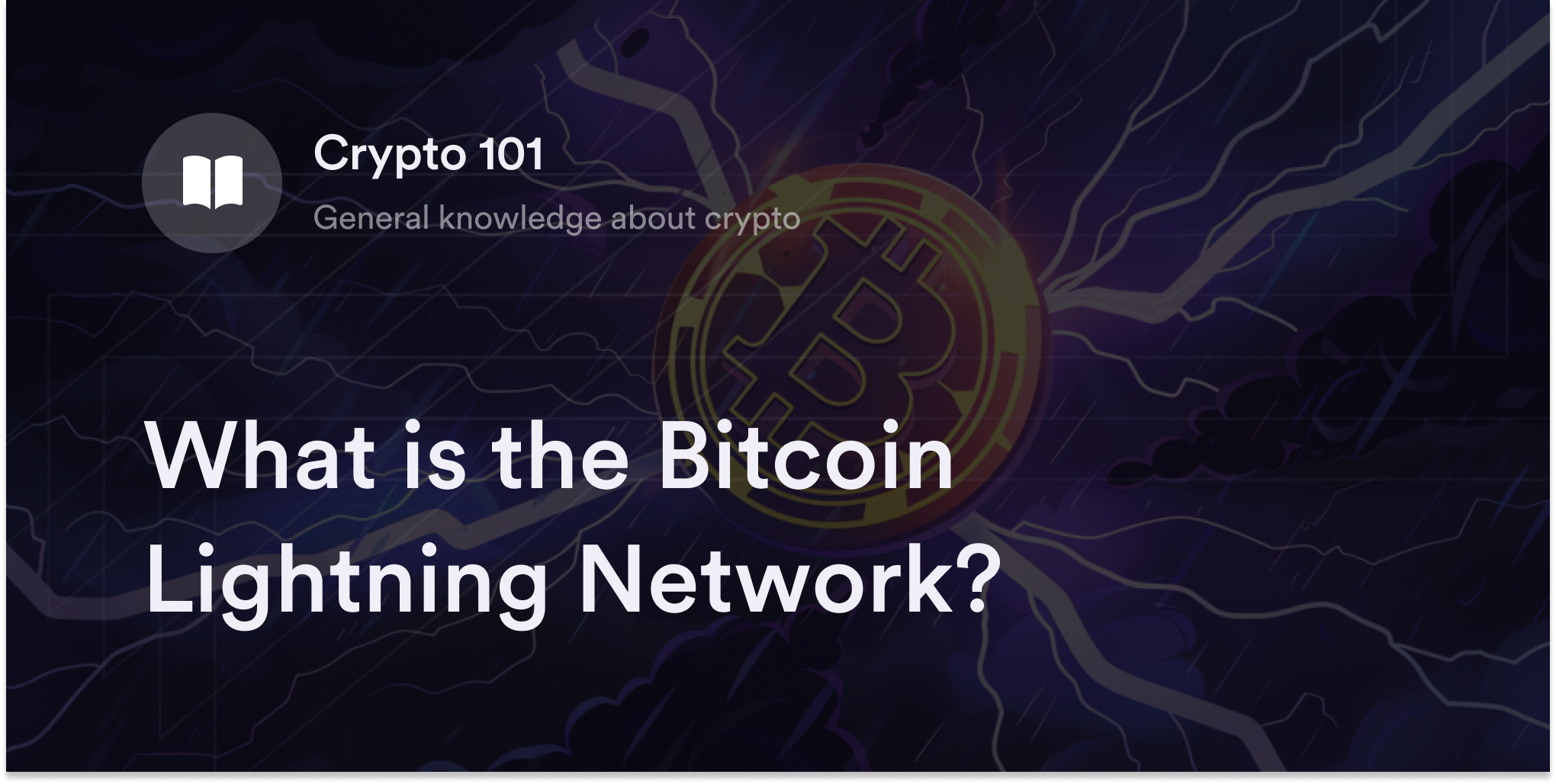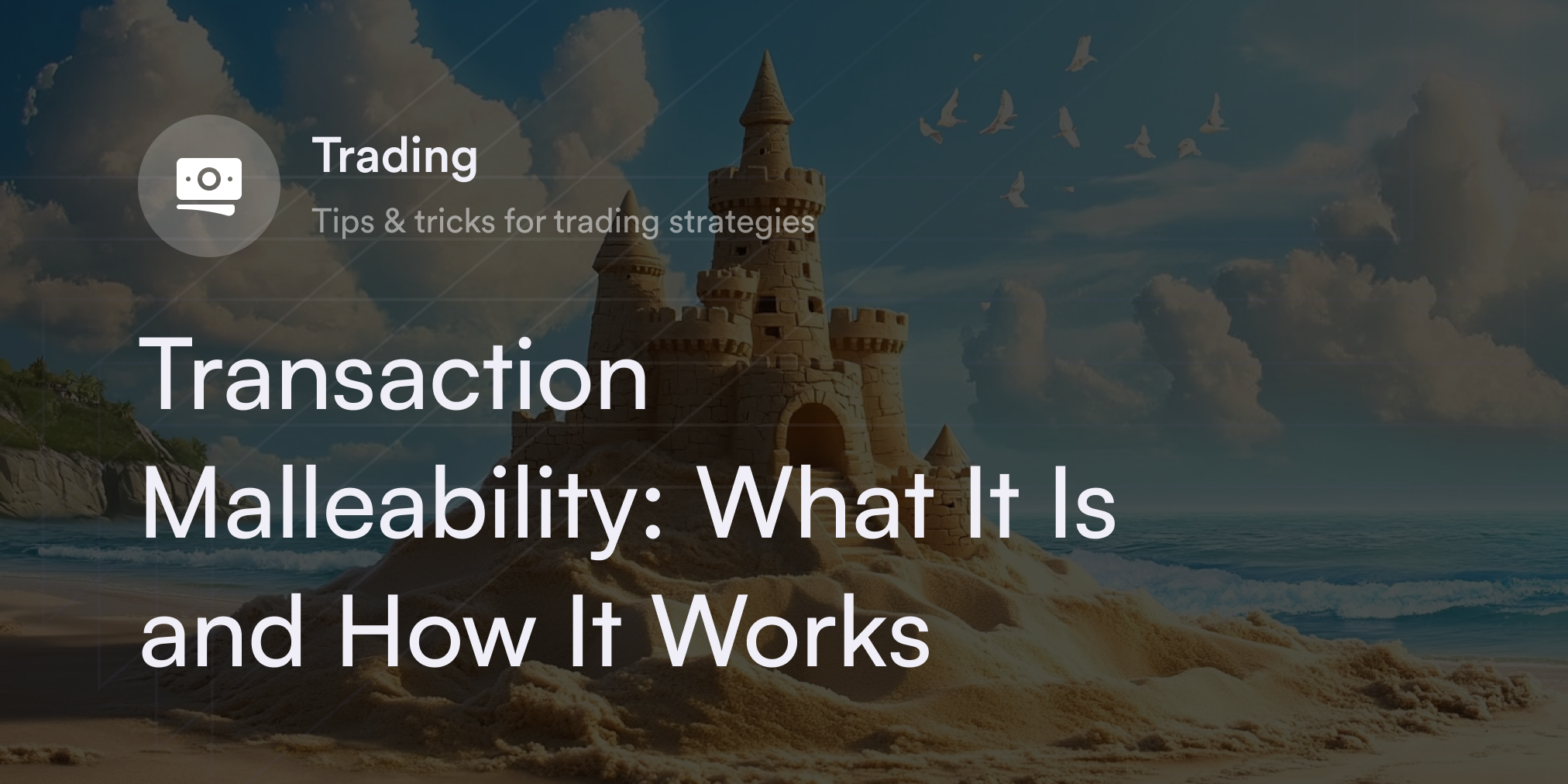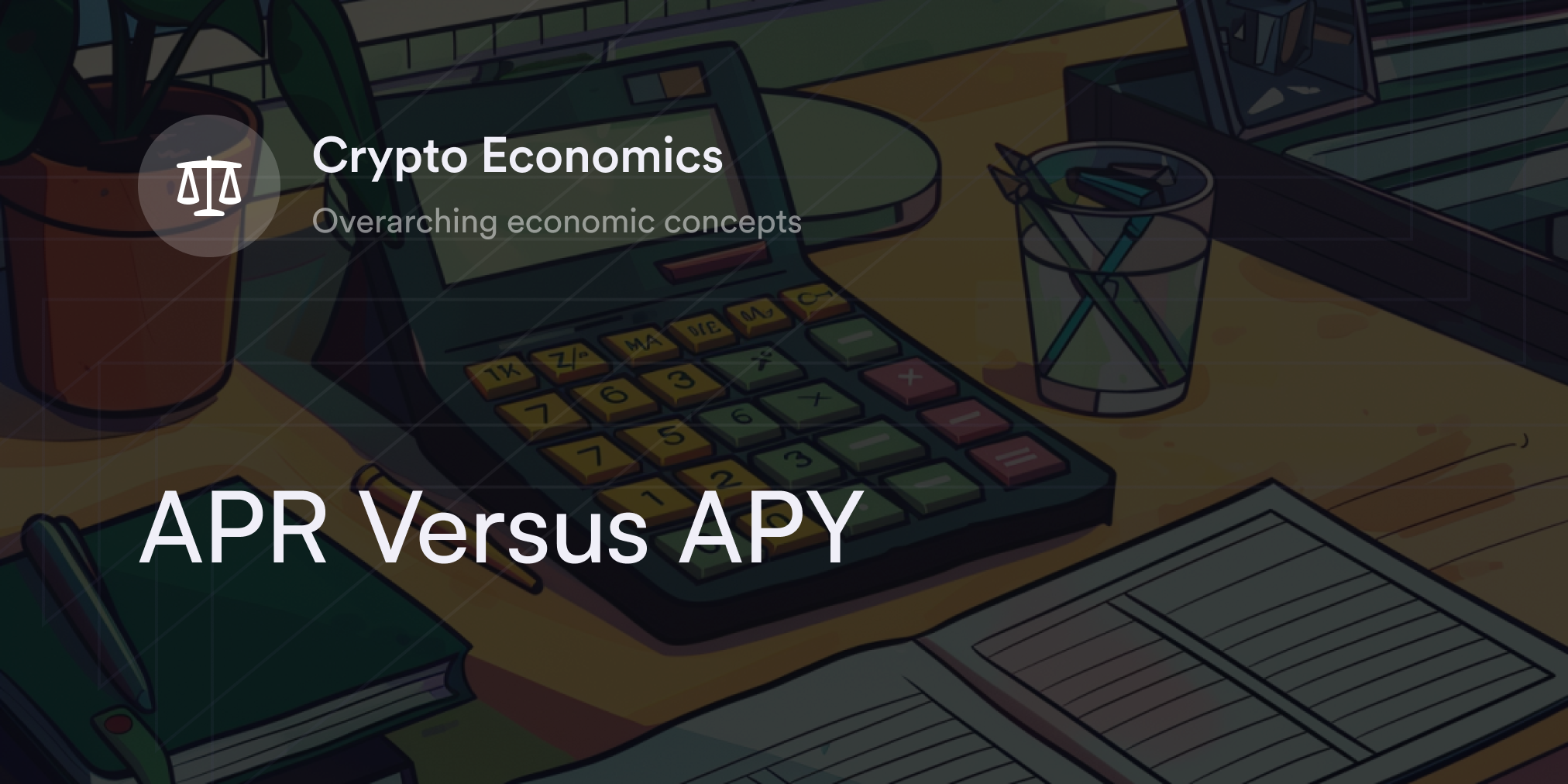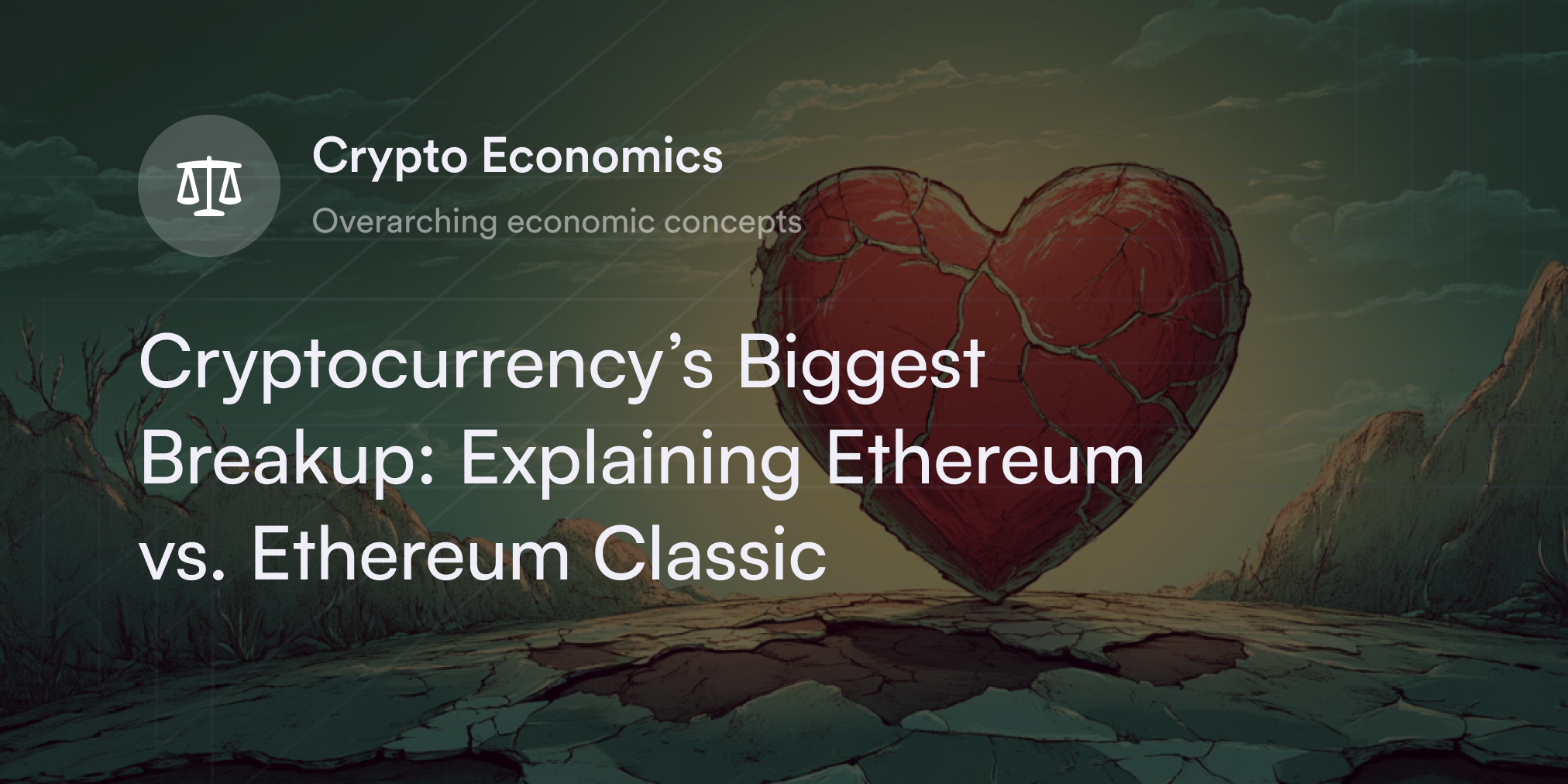
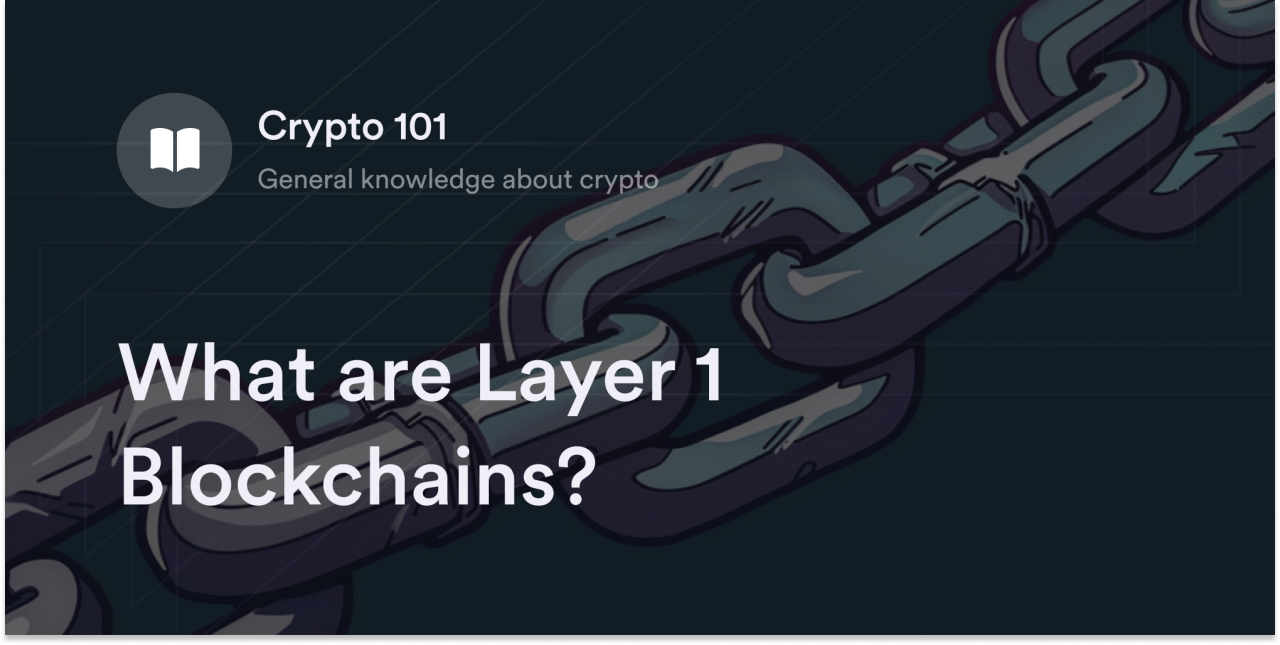

Decentralization is the defining feature of virtual currencies like Bitcoin (BTC), but this lack of a central authority doesn’t mean crypto is chaotic. In fact, it’s quite the contrary—as people look deeper into the technical architecture of crypto networks, they’re often amazed at the intricacy and organization of crypto tech.
Cryptocurrencies likely wouldn’t work without rock-solid and self-sufficient protocols to process secure peer-to-peer (P2P) transfers. For many crypto projects, a layer 1 blockchain (L1) serves as the foundation of their software design, making it the best place to explore this new and complex technology.
Here, we’ll explore layer 1 crypto blockchains, including why they’re significant in cryptocurrency development, how they work, and why they’re important to the crypto ecosystem.
What is a Layer 1 Blockchain?
Layer 1 (L1) blockchains are decentralized software protocols and the basis for many cryptocurrencies. Think of L1s as both rule-makers and enforcers for crypto projects. The code behind an L1 protocol sets the standards, which computers (aka nodes) on a cryptocurrency’s network must follow to securely broadcast, verify, and publish new transactions on the public payment ledger. An L1’s coding specifications contain all the instructions on how a cryptocurrency operates.
Because L1 blockchains are on the “ground floor” of a cryptocurrency’s architecture, they’re often described as the foundation or base layer. Some developers also use the phrase “mainnet” and L1 interchangeably, as the L1 protocol has all the essential details for a cryptocurrency’s operation.
How do Layer 1 Blockchains Work in Crypto?
Each cryptocurrency uses unique coding standards and protocols to run its network, but L1 blockchains need a consensus mechanism to establish trust between decentralized node operators. Consensus mechanisms use algorithms to set and enforce the rules for properly processing crypto payments.
For example, the Bitcoin blockchain uses a proof-of-work (PoW) consensus model in which computers compete to solve challenging algebraic equations every 10 minutes to post new BTC transfers on the payment ledger. In contrast, L1 blockchains like Ethereum (ETH) and Solana (SOL) use a proof-of-stake (PoS) consensus mechanism where nodes lock cryptocurrency on the blockchain to get the chance to validate transactions.
To incentivize node operators on these L1 protocols, PoW and PoS networks reward nodes that publish blocks with the native cryptocurrency (e.g., Bitcoin nodes receive BTC rewards, and Ethereum nodes receive ETH).
Besides the consensus algorithm, L1 blockchains have extra security procedures in their code to promote the integrity of their processes and deter bad actors. For example, many PoS blockchains have “slashing” policies, which take away staked cryptocurrency from node operators who misbehave or fail to meet their duties. In the case of Bitcoin, node operators wait for six separate confirmations to ensure the validity of BTC transfers before posting them on the final payment ledger.
L1 blockchains also handle the transaction fees (aka gas fees) and issuance schedule for a blockchain’s native cryptocurrency. On Bitcoin, the L1 blockchain automatically reduces the amount of BTC entering circulation every four years in an event called “the halving.” In contrast, Ethereum’s L1 has a dynamic ETH issuance and “burning” mechanism, whereby the blockchain automatically adds and subtracts ETH from circulation depending on network activity. Following the EIP-1559 upgrade in 2021, Ethereum burns a portion of every fee users pay on the blockchain to manage ETH’s inflation rate.
Examples of Layer 1 Blockchains
Bitcoin introduced the framework for a successful L1 blockchain in 2009, and hundreds of succeeding cryptocurrencies followed BTC’s lead with their own L1 chains. Many of today’s most widely used cryptocurrencies use L1 blockchains to secure their networks.
Bitcoin: Launched in 2009 by pseudonymous cryptographer Satoshi Nakamoto, Bitcoin is the oldest and largest cryptocurrency. BTC’s L1 blockchain uses an energy-intensive PoW consensus algorithm where nodes compete every 10 minutes to solve math problems and post new transactions.
Ethereum: Second to Bitcoin in terms of market capitalization, Ethereum is a crypto project that lets third-party developers create decentralized applications (dApps) on top of its L1 protocol. When it launched in 2015, Ethereum was a PoW L1 blockchain modeled on Bitcoin’s consensus algorithm. However, following a 2022 upgrade called the “Merge,” the Ethereum L1 uses a PoS consensus.
Litecoin: Created a few years after Bitcoin, Litecoin (LTC) is a cryptocurrency designed to be a fast and cheap P2P virtual currency. Although Litecoin uses a different algorithm in its L1 design, it has a PoW consensus mechanism similar to the Bitcoin Network.
Solana: Solana belongs to a category of blockchains called “Ethereum competitors,” all of which offer similar services to those on Ethereum with a few distinctive traits like faster confirmation speeds or cheaper transaction fees. Solana’s PoS L1 is best known for its high transaction throughput, which could reach 50,000 transactions per second (TPS).
Cardano: Like Solana, Cardano is a PoW L1 blockchain in the Ethereum competitor category. Founded in 2015 by ex-Ethereum developer Charles Hoskinson, the Cardano blockchain focuses on peer-reviewed tech research and welcomes third-party developers to build dApps on its L1 blockchain.
What are Some Limitations of Layer 1 Protocols?
Although L1 blockchains are important for processing safe and efficient crypto transactions, they often lack flexibility. The algorithms on L1 blockchains are deliberately deterministic to ensure everyone on the decentralized network follows the same rules. While the rigidity of an L1’s code helps provide crypto networks with predictability and security, it often comes at the expense of innovation and scalability efforts.
Ethereum’s co-founder Vitalik Buterin described the scalability issues on L1s as the “blockchain trilemma,” which posits crypto developers always end up sacrificing one of three elements—decentralization, security, or scalability—when designing their protocols. However, developers on L1 chains like Ethereum are working on new scaling solutions such as “sharding,” which break the main blockchain into smaller indivisible chunks of data. The goal is to reduce data requirements for each node operator, increasing network speed and efficiency.
Another negative feature of L1s is their poor communication with other blockchain projects. Since each L1 has a self-contained system with unique coding standards, securely transferring coins between different L1s or interacting with applications on multiple networks is often difficult or impossible. Some crypto fanatics refer to this L1 limitation as the “interoperability problem,” and a few new projects like Cosmos and Polkadot focus most of their efforts on addressing inter-blockchain communication (IBC).
Layer 1 Versus Layer 2 Protocols: The Key Difference Between These Blockchain Layers
In the early history of cryptocurrency, the term L1 didn’t exist because each blockchain followed similar procedures and served the same purposes (i.e., process transactions and ensure network security). However, as new cryptocurrencies started building on top of these base layer chains, developers needed a way to distinguish L1s from emerging protocols, giving rise to the term layer 2 (L2).
L2 refers to any crypto project that uses an L1 blockchain’s security. Often, L2s leverage the decentralization of established L1s like Ethereum to introduce new use cases or enhance the scalability of the base layer protocol. For example, L2 networks like Arbitrum, Optimism, and Polygon operate on top of the Ethereum blockchain to offer users faster transaction speeds and lower average fees. When people use any of these Ethereum-based L2s, they transfer their digital assets to the L2 to use its services before finalizing their transactions on the Ethereum mainnet.
L2s sometimes offer cryptocurrencies, but these digital assets are known as “tokens” rather than the “coins” on L1s. The primary difference between a token and a coin is the former only exists on top of an L1 blockchain, while the latter is an integral part of an L1’s protocol. Think of tokens as add-on features in an L1’s ecosystem and coins as the essential payment method for a blockchain. Examples of L2 tokens include Polygon’s MATIC, Arbitrum’s ARB, and Optimism’s OP.
Complete Your Crypto Coursework on dYdX Academy
Comprehending crypto concepts like L1s and L2s can be confusing, especially when traders are starting their journey into Web3. One easy way to brush up on the basics of blockchain technology is to check out the educational posts on dYdX Academy. Our beginner-friendly articles explain all crucial concepts related to crypto tech, trading, and security.
Also, don’t forget dYdX offers eligible traders a low-fee crypto perpetuals trading experience on our decentralized exchange. For more information on dYdX’s latest offerings, visit our official blog, and eligible traders can start trading on dYdX today.
Disclaimer
The content of this article (the “Article”) is provided for general informational purposes only. Reference to any specific strategy, technique, product, service, or entity does not constitute an endorsement or recommendation by dYdX Trading Inc., or any affiliate, agent, or representative thereof (“dYdX”). Use of strategies, techniques, products or services referenced in this Article may involve material risks, including the risk of financial losses arising from the volatility, operational loss, or nonconsensual liquidation of digital assets. The content of this Article does not constitute, and should not be considered, construed, or relied upon as, financial advice, legal advice, tax advice, investment advice, or advice of any other nature; and the content of this Article is not an offer, solicitation or call to action to make any investment, or purchase any crypto asset, of any kind. dYdX makes no representation, assurance or guarantee as to the accuracy, completeness, timeliness, suitability, or validity of any information in this Article or any third-party website that may be linked to it. You are solely responsible for conducting independent research, performing due diligence, and/or seeking advice from a professional advisor prior to taking any financial, tax, legal, or investment action.
You may only use the dYdX Services in compliance with the dYdX Terms of Use available here, including the geographic restrictions therein.
Any applicable sponsorship in connection with this Article will be disclosed, and any reference to a sponsor in this Article is for disclosure purposes, or informational in nature, and in any event is not a call to action to make an investment, acquire a service or product, or purchase crypto assets. This Article does not offer the purchase or sale of any financial instruments or related services.
By accessing this Article and taking any action in connection with the information contained in this Article, you agree that dYdX is not responsible, directly or indirectly, for any errors, omissions, or delays related to this Article, or any damage, injury, or loss incurred in connection with use of or reliance on the content of this Article, including any specific strategy, technique, product, service, or entity that may be referenced in the Article.


